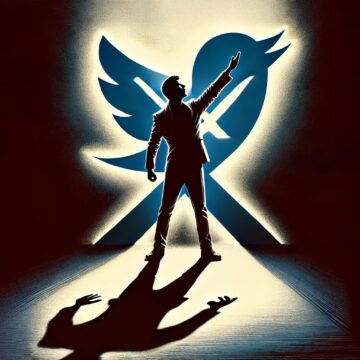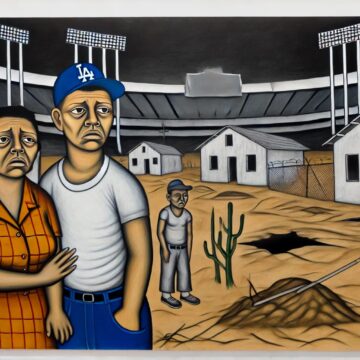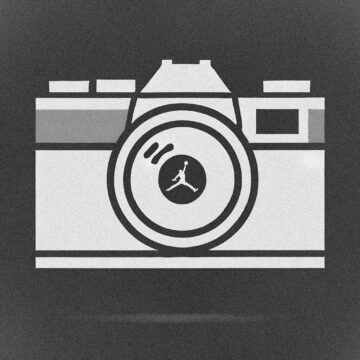The Sphere is indeed overpriced, over-hyped, and often over-the-top. It's also genuinely innovative, technologically astounding, and—if Las Vegas chooses to see it—potentially transformative. The question isn't whether the Sphere is overpriced—it objectively is. The question is whether its price tag represents waste or investment. If it remains merely a concert venue and billboard, Las Vegas will have built the world's most expensive gimmick. But if the city can reimagine the Sphere as public infrastructure—a communication tool, an emergency system, a community showcase—then future generations might look back and say Las Vegas was onto something.
Category: Corporate
How Elon Musk Went From Visionary to Villain in Record Time
Elon Musk, once celebrated as a visionary, is now unraveling under the weight of his own hubris. His chaotic mismanagement of Twitter (now "X") gutted its moderation, alienated advertisers, and turned it into a haven for spambots and extremists. Tesla, once synonymous with innovation, now struggles with delays, recalls, and regulatory scrutiny over its self-driving promises. Neuralink faces ethical concerns, Hyperloop fizzled out, and SpaceX’s achievements are overshadowed by Musk’s erratic behavior. His compulsive overpromising, questionable ethics, and reckless social media antics have transformed him from a tech icon into a self-destructive figure, more meme than mastermind.
Chavez Ravine: A Neighborhood Erased for Dodger Stadium
Chavez Ravine, once a thriving Mexican-American community in Los Angeles, was demolished in the 1950s under the guise of urban renewal to make way for Dodger Stadium. This article explores the history of Chavez Ravine, the political forces behind its destruction, and the broader implications for racial injustice and housing inequality. Through the lens of urban development, it examines how communities of color were targeted, displaced, and erased, with a legacy that continues to shape housing policy and civil rights struggles in Los Angeles and beyond.
Palm Springs’ Blueprint for Urban Erasure
Section 14, located in the heart of Palm Springs, was a vital residential area for Black and Latino communities from the early 1900s to the mid-20th century. As Palm Springs grew into a tourist haven, Section 14 became one of the few places where non-white residents could live due to segregationist policies. This land, owned by the Agua Caliente Band of Cahuilla Indians, became a haven for working-class families who helped build the city's infrastructure. Despite its central location, Section 14 was excluded from the city's glamorous image, and its residents were subjected to substandard living conditions, ultimately leading to a brutal campaign of forced evictions and demolitions in the 1950s and 60s, erasing much of its community and history.
The Photograph that Changed Nike
Jacobus "Co" Rentmeester’s 1984 photograph of a young Michael Jordan soaring through the air became both a masterpiece and a source of personal conflict. Originally commissioned by Life magazine, Rentmeester’s image—a fusion of athleticism and art—inspired Nike’s now-legendary Jumpman logo. As Nike’s empire rose on the back of this silhouette, Rentmeester quietly wrestled with the blurred lines between inspiration and appropriation. His eventual legal battle for recognition underscored a deeper story about creative integrity and the fragile balance between artistic vision and corporate power.



